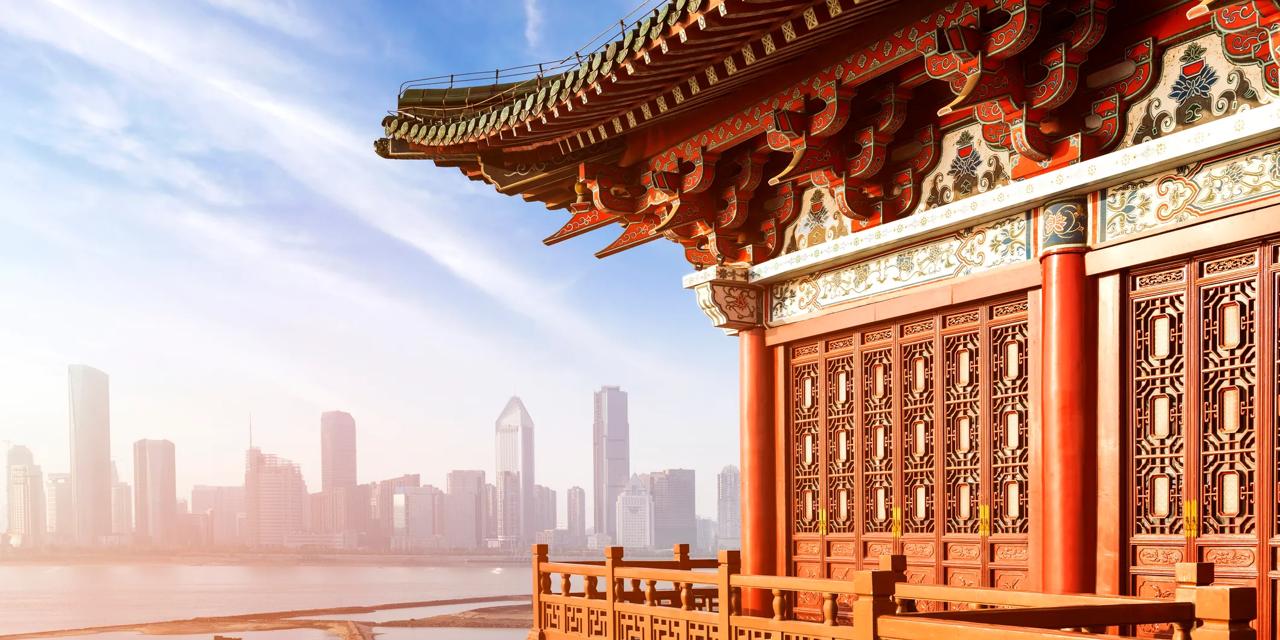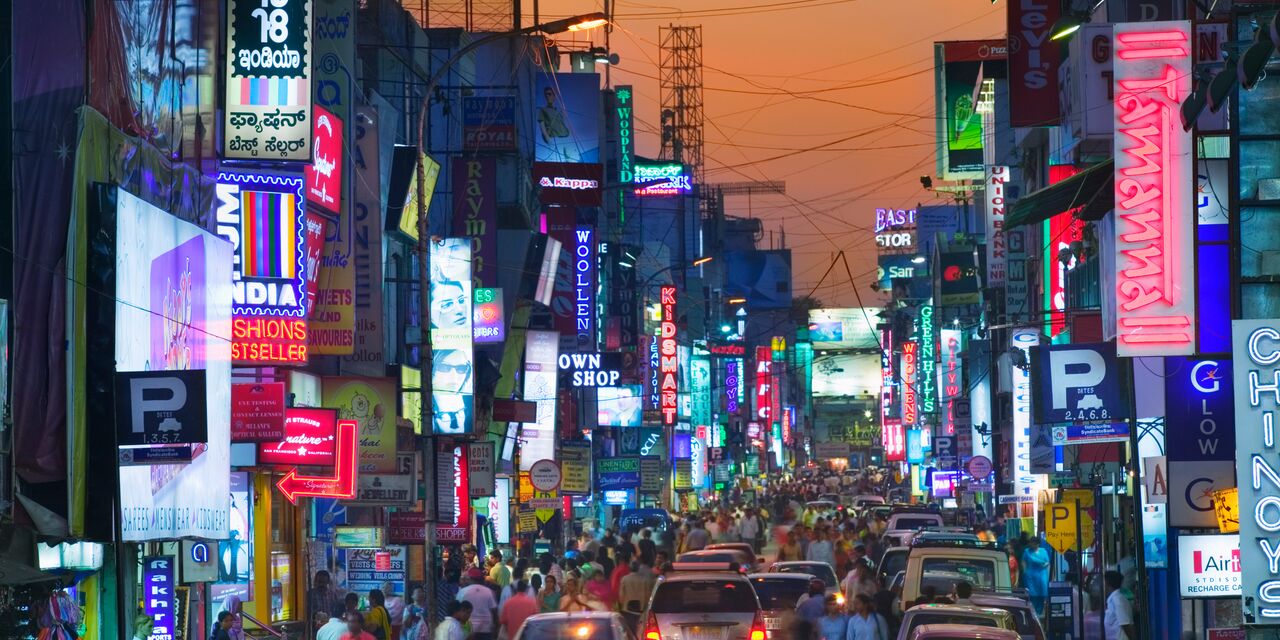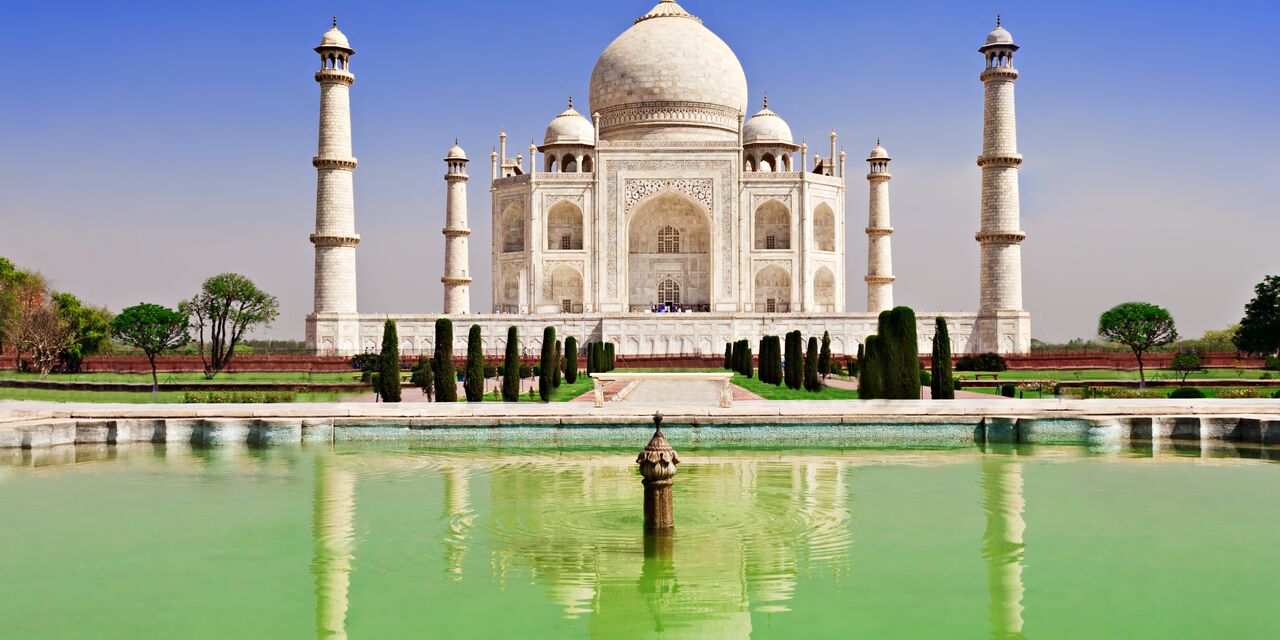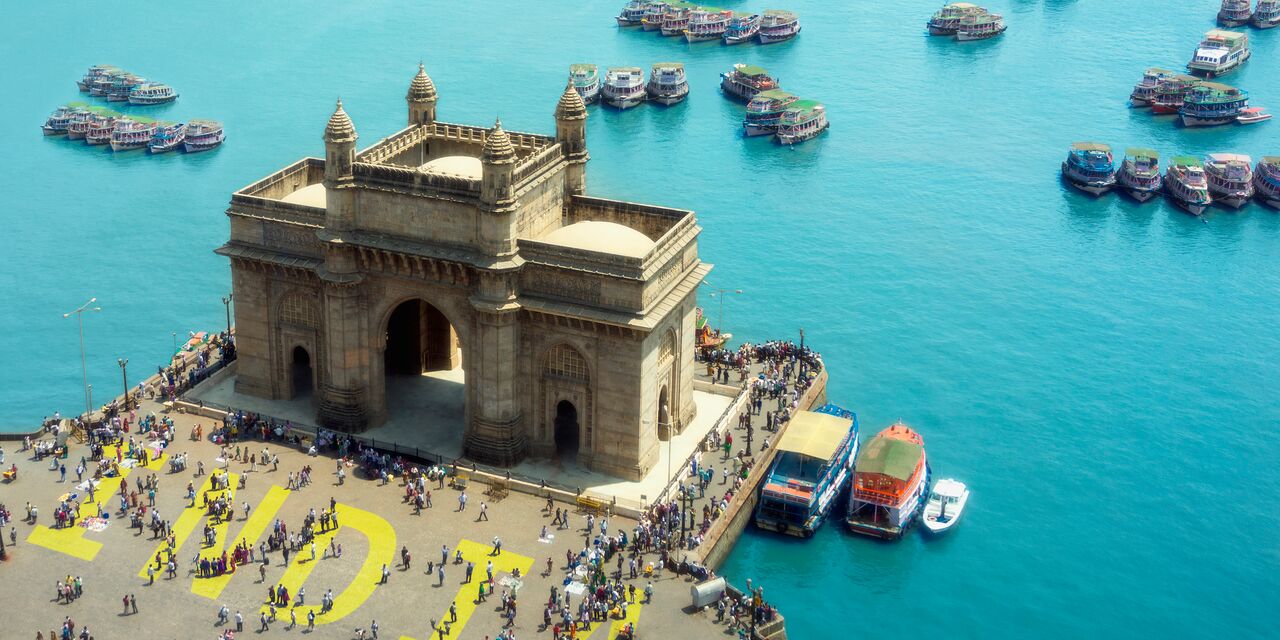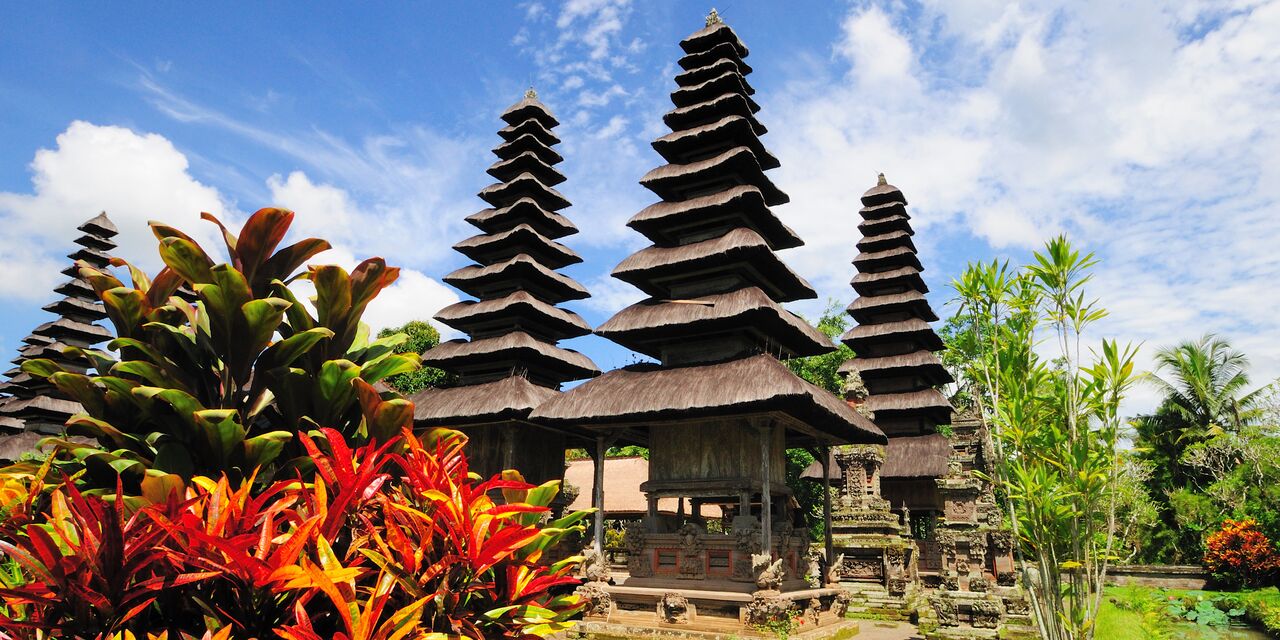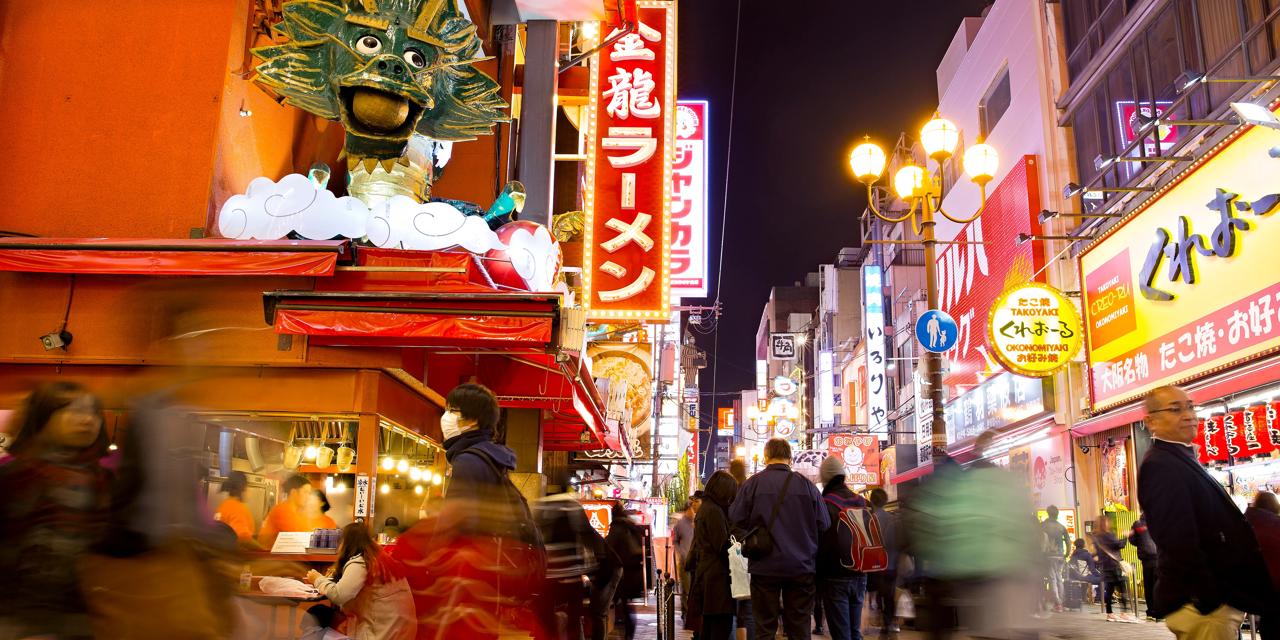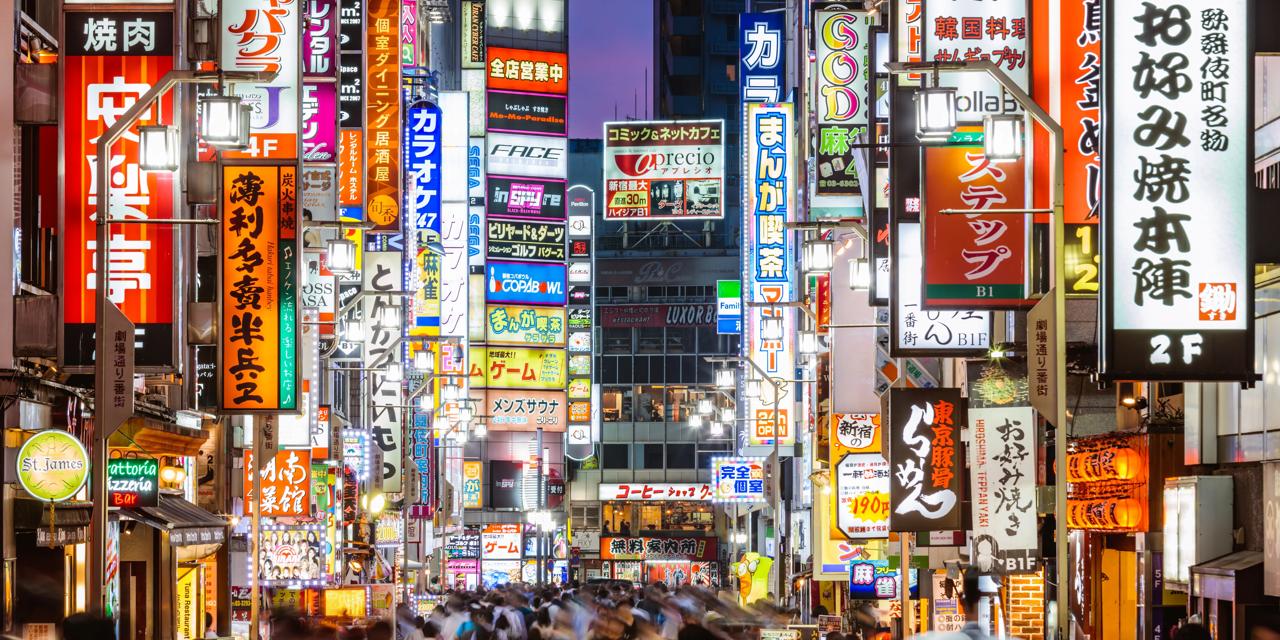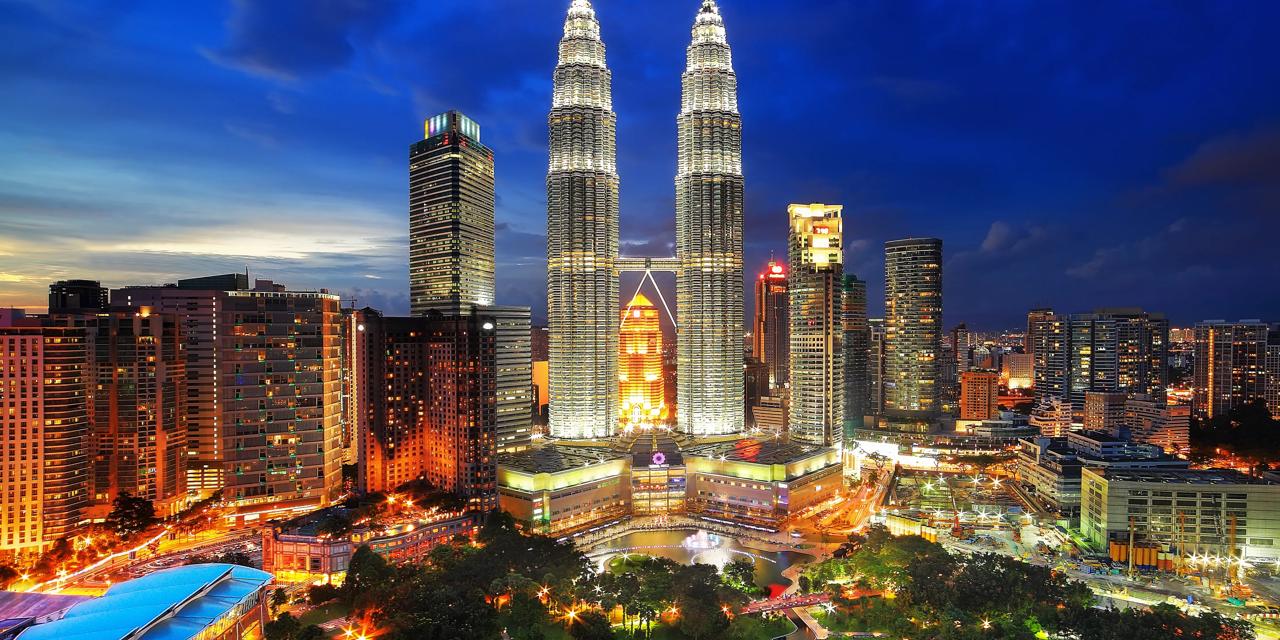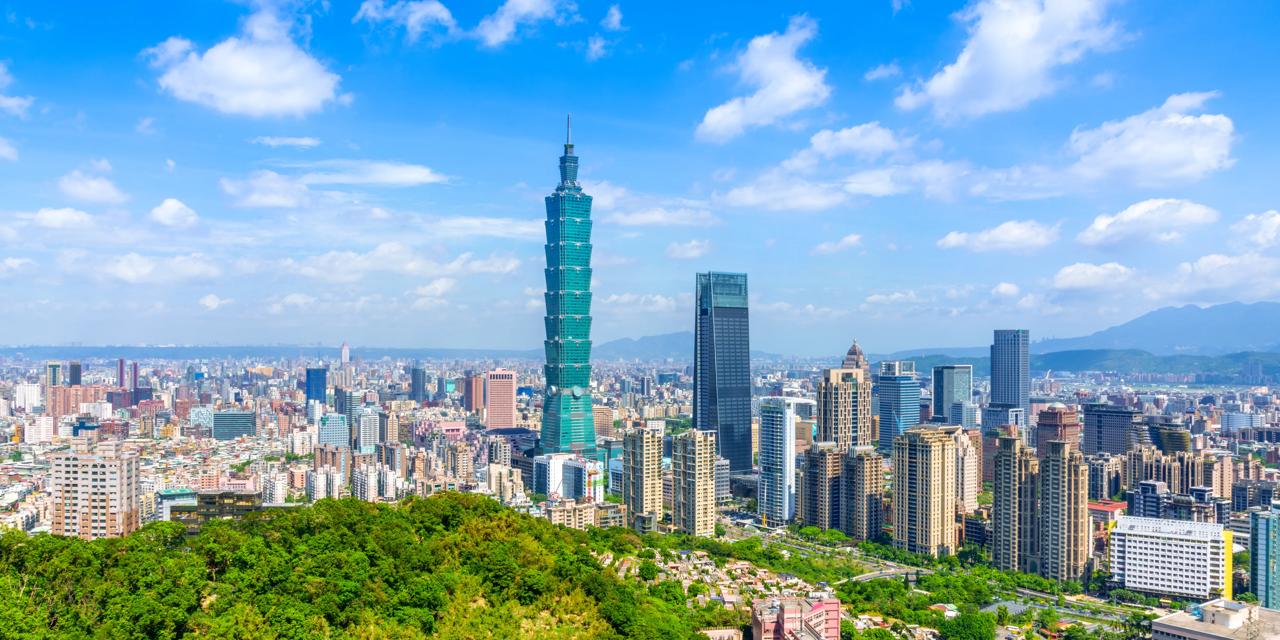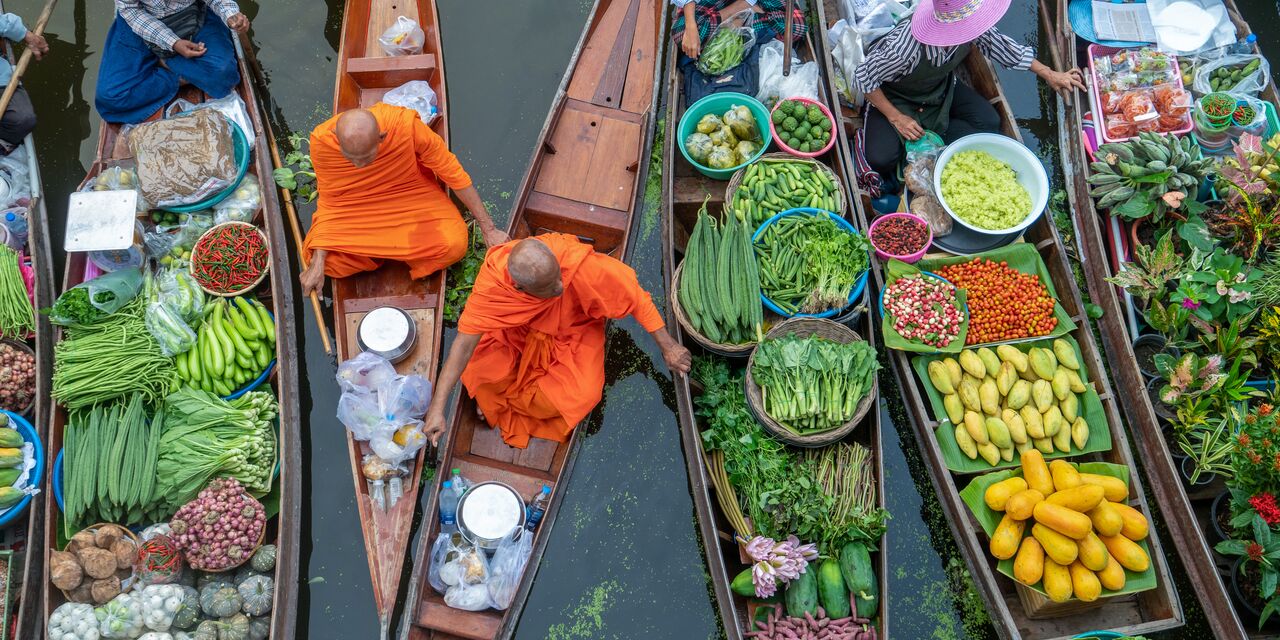The nuclear bomb on Nagasaki
A devastating explosion followed by a mushroom cloud: the atomic bomb that fell on Nagasaki on 9 August 1945 is forever etched into the memory of Japan (and the world). The Nagasaki Atomic Bomb Museum gives an impression of this horrific day and the consequences of the bomb. The adjacent Peace Park is a site of contemplation with a clear message: this must never happen again!

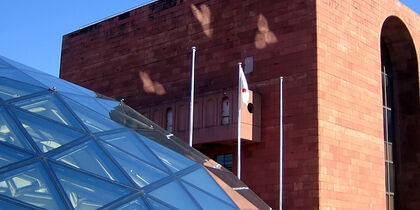
The unimaginable up close
The Atomic Bomb Museum makes the dramatic events of 1945 tangible and comprehensible. The first part of the museum shows what life was like in Nagasaki before the bomb. A giant clock is frozen at the exact time that the bomb fell on Nagasaki: 11:02 in the morning. After you ‘experience’ the bombing, you walk through a replica of the Urakami cathedral, which was located close to where the bomb fell. There are also several (interactive) exhibits about the bomb, its effects on the city and the impact of radioactive radiation in general. The stories of survivors who enable us to relate to the unimaginable are also very impressive. An interesting detail is the water that flows through the entire museum. Shortly after the disastrous explosion, water was the first thing that survivors needed, but all the water had become radioactive and thus dangerous. The sound of flowing water symbolises the plight of all the victims.
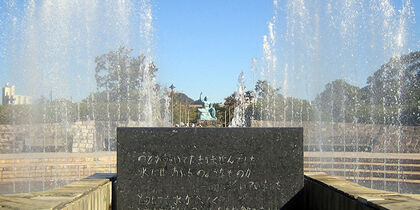
The Peace Park sculptures
The Peace Park, adjacent to the Atomic Bomb Museum, was built in 1955 alongside the bomb’s hypocentre. It is full of sculptures that have been donated from all over the world. The most striking monument is the Peace Statue, a 10-metre-high statue designed by Seibo Kitamura, a sculptor from Nagasaki. The statue symbolises the desire of Nagasaki residents to live in a world of peace; the male figure points his right hand upwards, to where the danger came from. With his extended left arm he calls for peace. Every day, local school groups visit the statue to lay flower wreaths and remember one of the most horrific bombings in our history. Every year, on 9 August, a ceremony is held at the monument, where the mayor of Nagasaki reads his Peace Declaration to the World. The Fountain of Peace is located at the most southern point of the park. This monument also remembers the victims who died of thirst or from drinking radioactive water.
Discover other destinations in Asia
*The displayed prices are for one adult. All amounts are in USD. Taxes and surcharges are included. No booking fee is applicable. Prices shown may vary depending on fare availability.
Additional baggage fees may apply
The weather forecast information is provided by World Weather Online. Air France-KLM is not responsible for the reliability of this data.








